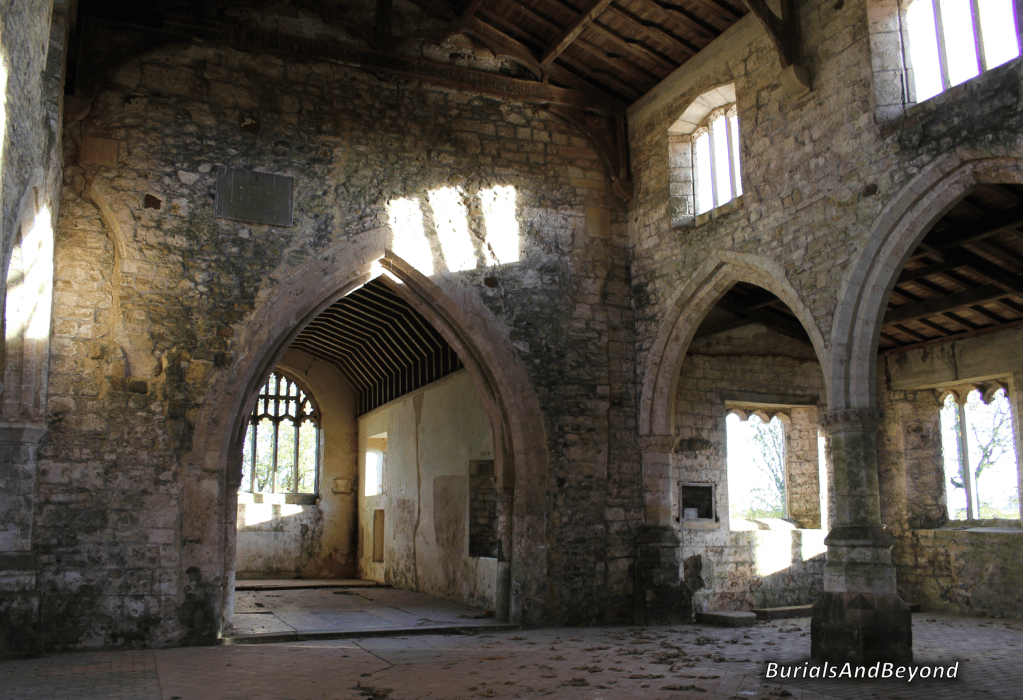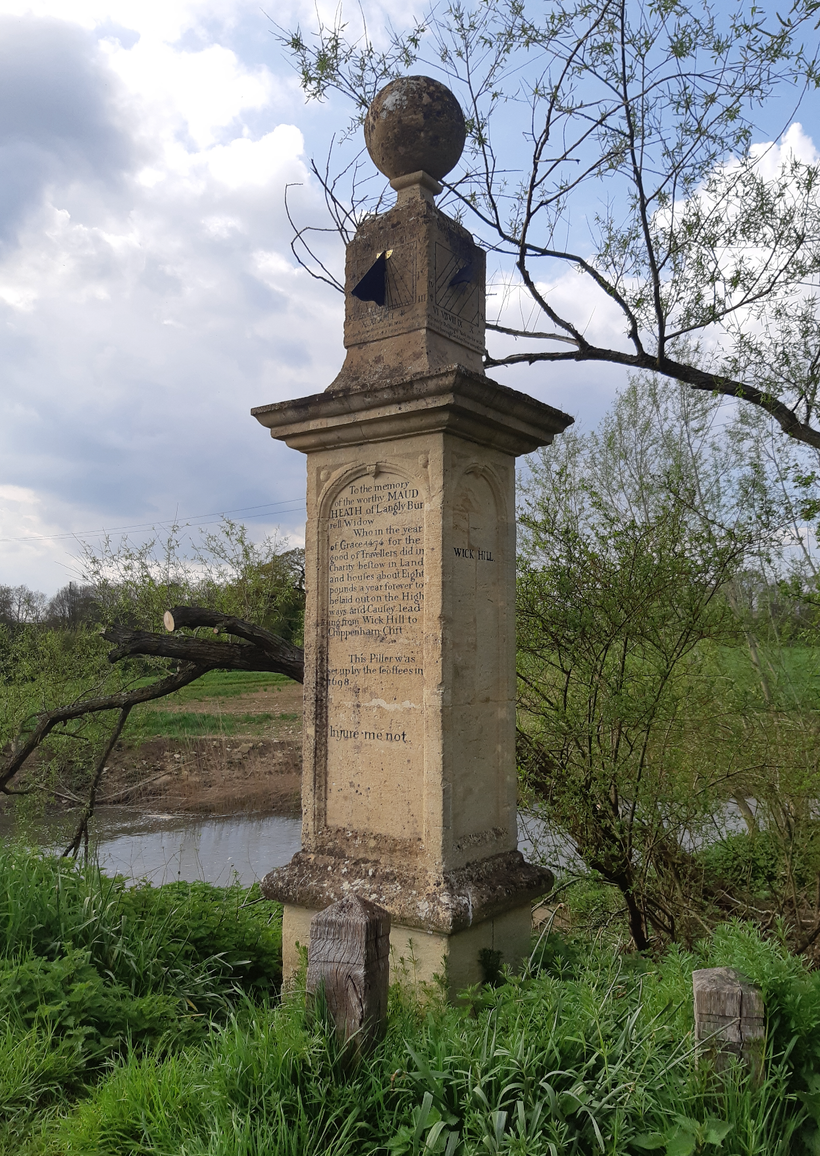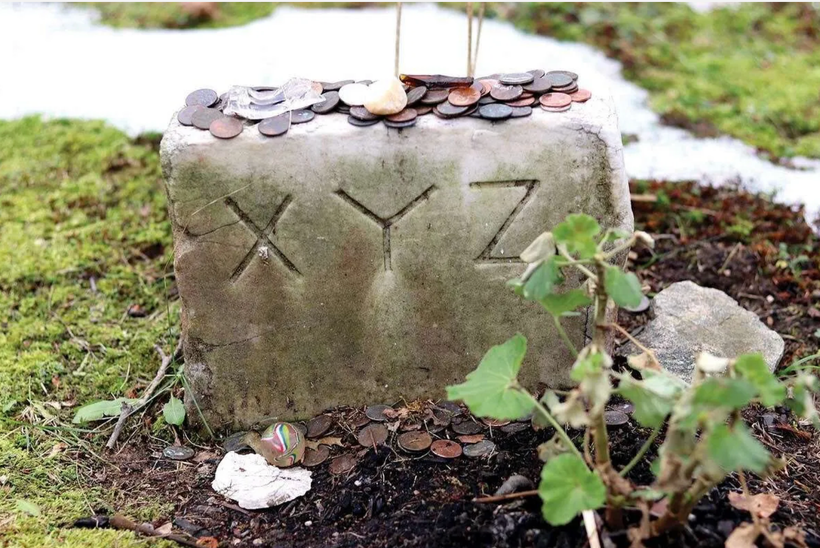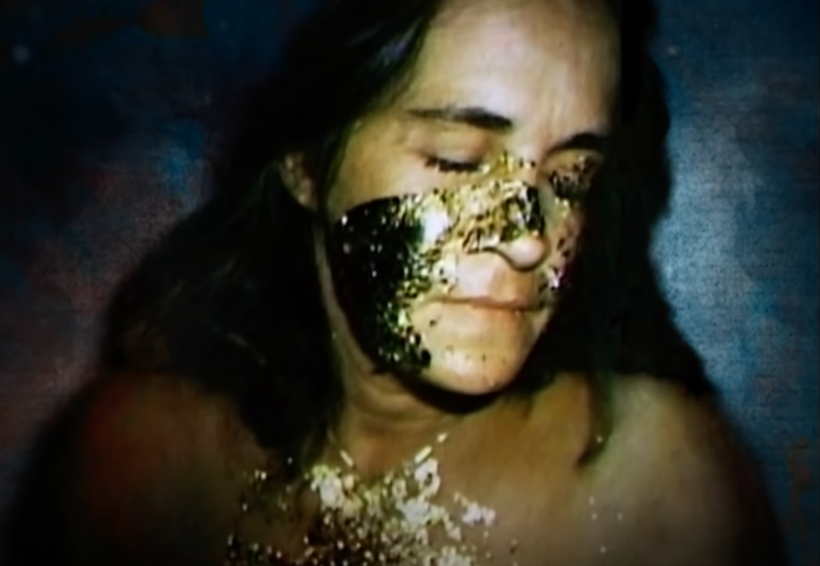When beginning a new project or blog, its all too easy to overthink. Will my content be too niche? Will readers find me boring? So, with feelings of gentle accessibility in mind, let’s kick things off with a trip to a charming local landmark…
Exploring the ‘DEMON CHURCH’
St Botolph’s, Skidbrooke
As a Lincolnshire native, I’d heard tales of Skidbrooke’s paranormal happenings since childhood. My sister had run from its grounds screaming after interrupting a candlelit ceremony, my mother refused to visit, my friends…well, they simply didn’t trust my driving.
Lincolnshire has more than its fair share of isolated disused churches; with centuries of widespread arable farming, tiny, insular communities all required their own place of worship. As cities grew and machinery took over the role of workers, the inevitable happened and pockets of unused churches, chapels and shrines scatter the county.
Skidbrooke (sometimes referred to as Skidbrooke cum Saltfleet) is a small hamlet, last recorded as having a mere 521 inhabitants. St Botolph’s Church lies a little way out from the majority of the houses, with cows and a roadway as its closest neighbours. Yet, despite its isolation, visitors are a constant presence.
A quick search of ‘Skidbrooke’ on social media will bring up a mixed bag of images, from family-friendly paranormal investigations (complete with bobble hats and EMF detectors) to scantily clad young women, posing provocatively in the glassless windows. To most visitors, St Botolph’s stands as a local curiosity and for many decades stood relatively intact. However, as with many isolated sites, local legend and infamy took hold
St Botolph’s dates from the early 13th century, with later additions in the 14th, 15th and 19th centuries; The Victorian tiling remains as one of the few notable features to have remained relatively intact, seemingly uninteresting to vandals and ghost-hunters alike. While the church does retain some impressive architectural features, its decorative adornments are few and far between. Beside the east window (either side of the former altar) are two large, painted grotesques which have remained remarkably intact, with a smaller one lurking within the south aisle. There are several fascinating gravestones and monuments within the church; Not all have survived particularly well, but those within the floor itself – mainly dating from the 18th Century – remain predominantly intact and legible (see pictures).
Sadly, the 13th century font and the central columns of many windows met their fate and the hands of some well-armed vandals some months prior to my visit, leaving piles of jagged masonry in their wake.
St Botolph’s has been abandoned since the 1970s and reports of ‘satanic rituals’, animal mutilation and paranormal activities have been rife ever since.
In the late 1990s, there were many instances of decapitated animal corpses discovered within the grounds of St Botolph’s; primarily chickens, but also an occasional sheep. The purpose of their mutilations are undoubtedly ritualistic in nature at least with visitors recounting bloody symbols smeared across the internal walls. Former church warden Mr R Benton recounted many tales of abuse and threats from visiting groups, and how their nocturnal activities were obvious – ‘Satan worshipping has gone on. They come from Grimsby in the evenings, light fires and write symbol on the walls.’
Throughout the multitude of articles within local newspapers, ‘Satanic’, ‘Witchcraft’ and ‘Black Magic’ are undoubted buzzwords. Not to rain on anyone’s parade or deprive locals of a juicy, shock-headline, but these labels are wildly applied with little basis. There are pages of ‘Satanists have claimed’, ‘witches have claimed’. These claims seems to have come from the ether, the netherworld, as in all my fervent searching, I have discovered not one claim, not one local Satanist group with a website directly claiming to have worked there. That is not to say that nefarious and (incredibly) destructive activity has not taken place at St Botolph’s, but the problem lies with vandalism, not with Beelzebub.
There will continue to be periodical resurgences of interest in the occult and black magic, especially within generations of teenagers dipping their toes into horror films and rudimentary occult publications. Ritualistic magic, or rather the outward appearance of it, is one of our last great taboos. Such performances retain their substantial impact in small, rural communities, gaining foothold in local legend. However, in my most recent visit, I found few serious examples of ritualistic activity, save for some scrawled biro graffiti and a smattering of discarded tea lights and the occasional charred feather.
Many paranormal groups continue to investigate St Botolph’s, with fewer accounts of other-worldly activity surfacing in recent years. Previously, in 2004, a group accompanied by Parapsychologist David Wharmby claimed to have encountered a plethora of mysterious happenings. Wharmby told the Louth Leader “We heard many strange unaccountable noises, saw flashes in the sky when the weather was calm and experienced weird feelings. We saw small babies among the gravestones and grass.”. Wharmby and his group purportedly also captured images of mysterious ‘rods’; cylindrical objects of around a foot in length that are invisible to the naked eye. There is a smattering of online accounts of paranormal seeing a hooded figure, such as a monk, roaming around the church and its grounds, which is hardly an uncommon apparition in such areas. It is well known that behind St Botolph’s lies the footings of an old abbey, although this is undiscernible to the casual visitor.
While many headstones are covered in a bright white lichen, several memorials within the churchyard are most unusual for the county, featuring well-preserved symbols and unusual fonts. A headstone of particular interest is that belonging to Mary Lancaster (d.1845?) whose headstone features a carving of a flat hand with feminine cuff. While motifs of interlocking and pointing hands were popular in the 19th Century, to find an open hand such as this is most unusual in Lincolnshire. I initially thought that perhaps owing to the small damage in the palm, an item such as a key or arrow was defaced or removed at a previous date. However, I have learned that such ‘halting hands’ are commonplace in larger southern cemeteries such as Abney Park and symbolise the halting/end of life This stone and others, if you live locally, may merit a visit off their own bat (see pictures).
While I may seem disgruntled at the goings-on at Skidbrooke, my anger lies with the mindless and constant stream of vandalism that has blighted the structure. While I personally encountered no paranormal activity during my visit, St Botolph’s certainly possesses unusual acoustic properties. The lowing of cattle and shrieking of foxes from nearby fields travels in an unusual and powerful way. What originates hundreds of metres away in a far field, may suddenly seem close and oppressive. Such is the nature of flat, featureless landscapes.
It goes without saying, but if you plan a visit, do be respectful. While the churchyard itself is no longer actively used for burials, many of the graves are still visited by families and nearby is a small, modern graveyard, still actively used. Judging by the rate in severe vandalism in recent months, if you were planning a visit to Lincolnshire’s so-called ‘Demon Church’, I’d schedule it sooner rather than later.
Have you been to Skidbrooke? How was your experience?
Read more at:
https://www.louthleader.co.uk/news/experts-claim-church-is-paranormal-paradise-1-1015932
https://www.visitchurches.org.uk/visit/church-listing/st-botolph-skidbrooke.html#undefined1






Leave a comment